Did you know that most red wines (your typical Merlot for example) only get their red color when their naturally clear/white grape juice is soaked with their red skins during fermentation? Yup, that’s where the red comes from.
This is how the majority of red wines throughout the world get their redness. But for a small number of producers, the teinturier variety of vitis vinifera provides a unique enhancement. Teinturier grapes, unlike all their other brethren, are red-fleshed… it is the variety of grape whose insides are anything other than white or clear.
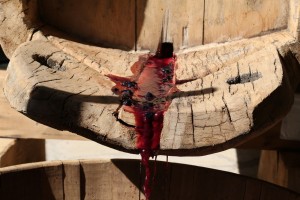
That means that when vintners sling this juice, they’re confident that their buyers are down with inky purpleness, as they should be! It also means that they don’t need to let their grape juice sit with grape skins as long while it ferments. Adding some teinturier grapes can potentially shorten the coloring process and speed up production.While teinturier vitis has been grown extensively since the mid-1800s, today it’s usually blended and used to enhance color, rather than as a dominant varietal in a wine.
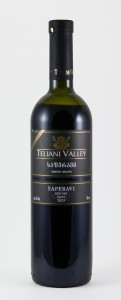
This delicious Georgian red- from WA’s Eastern Bloc Party box -is made with Saperavi grapes, a deeply red and seductive teinturier grape.
A man named Henri Bouschet crossed two varieties, Petit Bouchet and Grenache, to produce the most famous of teinturiers to be blended with light-pigmented reds. The new cross, dubbed Alicante Bouschet, had a lighter body to it with stark, inky color. Therefore, blending a small percentage of Alicante Bouschet enhances color with minimal impact on flavor.
In fact, the color is so sexy that anthocyanin compounds (pigments) found in teinturier grapes are being considered for use as dyes in meats, textiles and even non-alcholic drinks. (Yuck!) But seriously, grown organically, it’s a natural, healthy dye. There’s also a growing body of recent research showing how resveratrol (found in red wine) may have health and anti-aging benefits. Score!
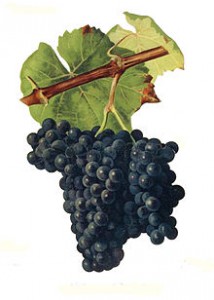
The purple fleshed Alicante Bouschet.
What makes this grape even more interesting is its involvement in Prohibition in the United States for 13 years. The pulp is so damn fleshy, and red, and..well let’s just leave it at that — that it can be pressed as many as three times.
When prohibition hit the U.S. in 1920, California’s vineyards grew in size. How does that make any sense? Well, despite wineries taking a hit, they needed to sustain themselves. Teinturier grapes have thick skins, which makes them incredibly resistant to rot. Large quantities of teinturier (especially Alicante Bouschet), were shipped by train from California to wine-deprived New York.
Surviving the journey, merchants then sold them to private wine makers who could press relatively small quantities over 3 times… discretely of course. And to stretch the legal limits even further, because both the skins and the flesh of the grape are red, the juice could be heavily diluted to make it less detectable, yet still fermented. Oh, teinturier…
Key Things to Keep in Mind When You Hear Teinturier:
- It’s French
- Think Inky Dye
- The Most Popular Variety of Teinturier is Alicante Bouschet
- There are over 12 varieties of Teinturier grape
- F*&k prohibition.

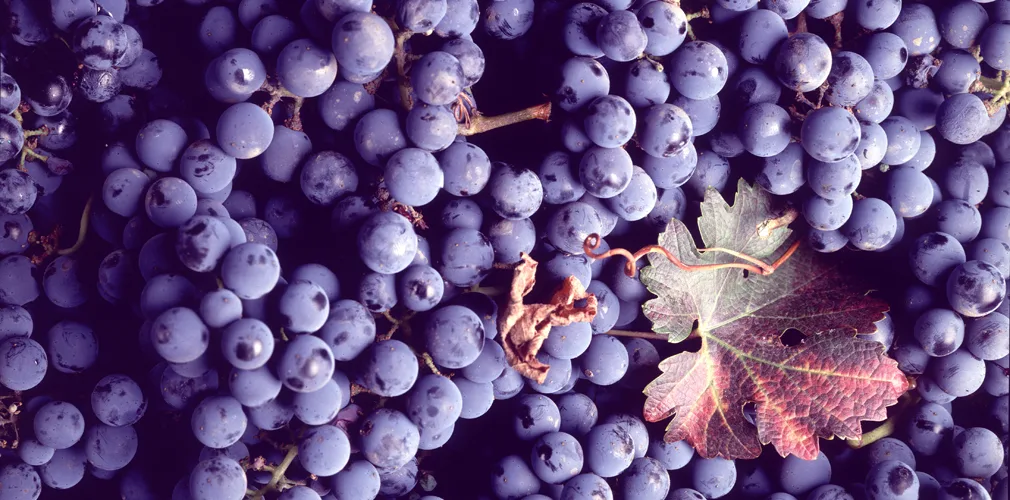
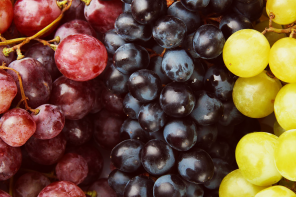
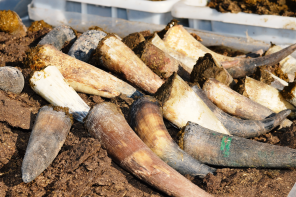
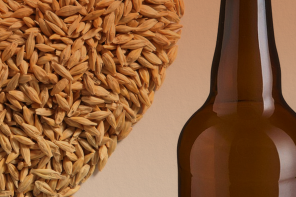
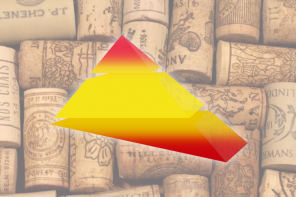
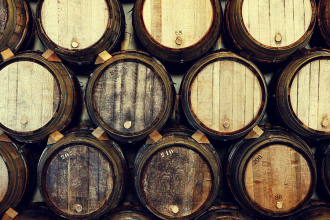
1 Comment